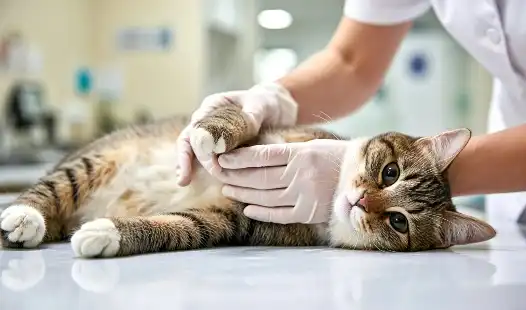How often should bloodwork be checked during GS-441524 treatment?
The Rationale for Hematological and Biochemical Monitoring During GS-441524 Injection Therapy
GS-441524 injection has become a potential fip medicine for cats who have been diagnosed with Feline Infectious Peritonitis (FIP). As vets and cat owners talk about this treatment option, one important question often comes up: how often should bloodwork be checked? This article talks about how important it is to have regular blood tests while taking GS-441524 and gives advice on how to set up a good monitoring plan.

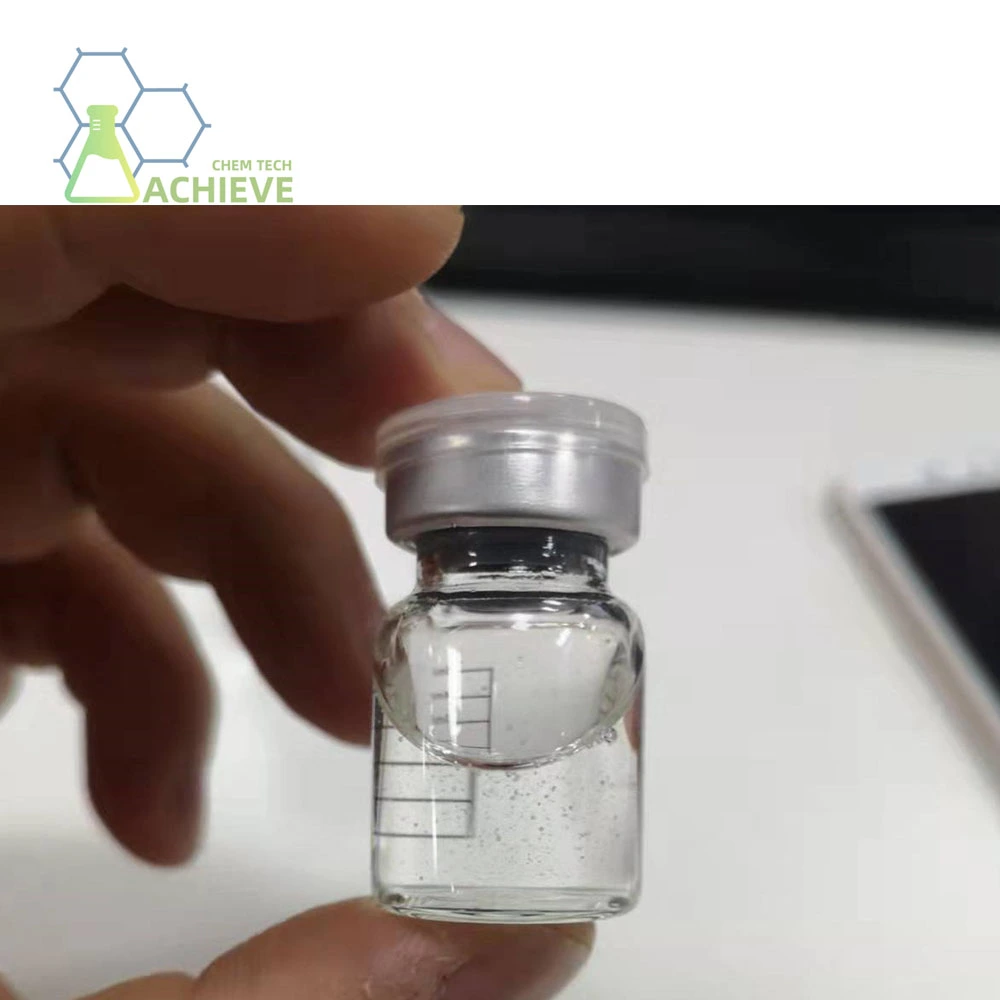
The Rationale for Hematological and Biochemical Monitoring During GS-441524 Injection Therapy
Regular bloodwork during GS-441524 treatment serves multiple purposes, each contributing to the overall success and safety of the therapy. Understanding these reasons helps emphasize the significance of consistent monitoring:
Assessing Treatment Efficacy
When it comes to determining how effectively the GS-441524 injection is fighting the FIP virus, bloodwork provides extremely helpful data. Several important markers, including the number of white blood cells, albumin levels, and globulin concentrations, might provide insight into how the body is reacting to treatment. Generally speaking, there is a correlation between positive changes in these measures and clinical improvement as well as virus suppression.
Detecting Potential Side Effects
It is crucial to keep a close eye out for any potential adverse effects, despite the fact that GS-441524 has demonstrated a favorable safety profile. It is possible to detect early signs of liver or kidney stress by routine blood tests, which enables rapid intervention in the event that it is required. This preventative strategy helps to ensure that the cat's overall health is preserved during the duration of the treatment.
Guiding Dosage Adjustments
The optimal dosage of GS-441524 may vary between individual cats and can change as treatment progresses. Bloodwork results provide crucial data that veterinarians use to fine-tune the dosage, ensuring maximum efficacy while minimizing the risk of side effects.
Establishing a Baseline and Subsequent Intervals for Bloodwork in GS-441524 Injection Treatment
Creating a structured schedule for bloodwork during GS-441524 therapy is essential for consistent monitoring and effective treatment management. Here's a general guideline for blood test frequency:
It is recommended that a thorough blood panel be carried out prior to beginning treatment with GS-441524. These baseline data will serve as a reference point for any future comparisons, and they will also assist in identifying any pre-existing conditions that may have an impact on treatment options.
During the first month of treatment, more frequent bloodwork is typically recommended. Many veterinarians suggest checking blood parameters every 1-2 weeks during this critical period. This allows for close monitoring of the cat's initial response to the GS-441524 injection and enables quick adjustments if needed.
After the initial phase, if the cat is responding well and showing no concerning side effects, the frequency of bloodwork can often be reduced. A common approach is to perform blood tests every 3-4 weeks for the remainder of the treatment course. However, this interval may be adjusted based on individual circumstances and the veterinarian's assessment.
Following the completion of the GS-441524 treatment, it is essential to conduct follow-up bloodwork in order to verify the cat's recovery and make certain that there are no unresolved concerns. The initial post-treatment check is often performed between two and four weeks following the last dose, and subsequent tests are scheduled at increasing intervals (for example, three months and six months) in order to monitor for any potential relapse as it may occur.
Key Parameters to Monitor in Bloodwork for Cats Receiving GS-441524 Injection
When conducting bloodwork for cats undergoing GS-441524 treatment, several specific parameters warrant close attention. These markers provide valuable insights into the cat's response to therapy and overall health status:
Complete Blood Count (CBC)
The CBC offers a comprehensive view of the cat's blood cell populations, including:
- White Blood Cell Count: Often elevated in FIP, a decreasing trend can indicate treatment efficacy.
- Red Blood Cell Count and Hematocrit: Important for assessing anemia, which is common in FIP cases.
- Platelet Count: Helps monitor for any potential blood clotting issues.
Serum Biochemistry
Biochemical analysis provides crucial information about organ function and overall metabolic status:
- Albumin: Often low in FIP; increasing levels suggest improvement.
- Globulin: Typically elevated in FIP; decreasing levels indicate positive response.
- Albumin to Globulin (A:G) Ratio: A key indicator of FIP activity.
- Liver Enzymes (ALT, AST, ALP): Monitor for any liver stress or damage.
- Kidney Values (BUN, Creatinine): Assess kidney function and hydration status.
Inflammatory Markers
Certain tests can provide additional insights into the inflammatory process:
- Serum Amyloid A (SAA): A sensitive marker of inflammation in cats.
- C-Reactive Protein (CRP): Another indicator of systemic inflammation.
Interpreting Bloodwork Results and Adjusting GS-441524 Injection Therapy Accordingly
The interpretation of bloodwork results during GS-441524 injection treatment requires a nuanced approach, considering both the individual parameters and the overall clinical picture. Here's how veterinarians typically analyze these results and make treatment decisions:
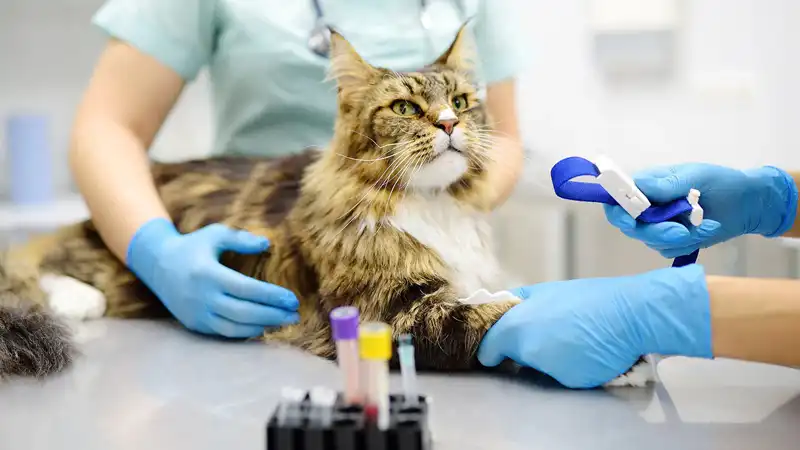
Positive Indicators
Several trends in bloodwork can suggest a positive response to GS-441524 therapy:
- Decreasing white blood cell count, particularly lymphocytes
- Rising albumin levels
- Declining globulin concentrations
- Improving A:G ratio
- Normalization of liver enzyme levels
- Reduction in inflammatory markers (SAA, CRP)
Concerning Patterns
Certain results may indicate a need for treatment adjustment or further investigation:
- Persistent or worsening anemia
- Elevated or increasing liver enzymes
- Rising kidney values (BUN, creatinine)
- Failure to see improvement in key FIP markers (albumin, globulin, A:G ratio)
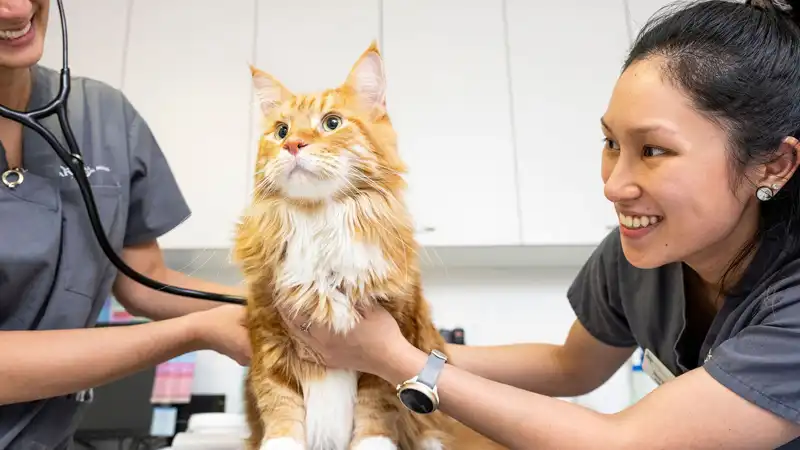

Dosage Adjustments
Based on bloodwork results and clinical signs, veterinarians may consider adjusting the GS-441524 dosage:
- Dose increases may be warranted if improvement is slower than expected or if there are signs of disease progression.
- Dose reductions might be considered if there are concerns about side effects, particularly in cats showing liver or kidney stress.
- Treatment duration may be extended if bloodwork indicates ongoing disease activity despite clinical improvement.
The Role of Regular Bloodwork in Ensuring the Safety of Long-Term GS-441524 Injection Use
While GS-441524 has shown promise in treating FIP, its long-term use necessitates ongoing vigilance. Regular bloodwork plays a crucial role in maintaining the safety profile of this fip medication over extended treatment periods:
Monitoring Cumulative Effects
Extended use of any medication can potentially lead to cumulative effects on various organ systems. Consistent bloodwork allows veterinarians to:
- Track subtle changes in liver and kidney function over time
- Identify any gradual shifts in blood cell populations
- Detect early signs of bone marrow suppression or other systemic effects
Balancing Efficacy and Safety
Regular blood tests help strike the delicate balance between maintaining therapeutic efficacy and minimizing potential risks:
- Allows for timely dosage adjustments to optimize treatment
- Helps determine the appropriate duration of therapy
- Guides decisions on when to taper or discontinue treatment
Long-Term Follow-Up
Even after completing GS-441524 treatment, periodic bloodwork remains valuable:
- Monitors for any delayed-onset side effects
- Helps detect early signs of potential FIP relapse
- Provides reassurance to cat owners about their pet's ongoing health status
Conclusion
Regular bloodwork is an indispensable component of GS-441524 injection therapy for cats with FIP. By establishing a structured monitoring schedule, veterinarians can optimize treatment efficacy, ensure patient safety, and provide cat owners with valuable insights into their pet's progress. While the exact frequency of blood tests may vary based on individual cases, the general principle remains: consistent monitoring is key to successful FIP treatment with GS-441524.
 |
 |
 |
FAQ
1. Can bloodwork predict the success of GS-441524 treatment for FIP?
While bloodwork alone cannot definitively predict treatment success, it provides valuable indicators. Trends such as improving albumin levels, decreasing globulin concentrations, and normalizing inflammatory markers often correlate with positive clinical outcomes. However, it's essential to consider bloodwork results in conjunction with the cat's overall clinical presentation for a comprehensive assessment.
2. How long after starting GS-441524 injection should I expect to see improvements in bloodwork?
The timeline for bloodwork improvements can vary between individual cats. Some may show positive changes within the first 2-4 weeks of treatment, while others might take longer. Generally, significant improvements in key parameters like albumin and globulin levels are often observed within 4-8 weeks of consistent GS-441524 therapy. However, it's crucial to follow your veterinarian's guidance, as they will interpret the results in the context of your cat's specific case.
3. Are there any specific bloodwork markers that are particularly important to monitor during GS-441524 treatment?
Several key markers warrant close attention during GS-441524 therapy. These include albumin and globulin levels (and their ratio), white blood cell count, hematocrit, and liver enzymes. Additionally, inflammatory markers like Serum Amyloid A (SAA) can provide valuable insights into disease activity. Your veterinarian will likely focus on these parameters, among others, to assess treatment response and guide therapy decisions.
Get High-Quality GS-441524 Injection from BLOOM TECH
At BLOOM TECH, we know how important it is for cats to have reliable and effective FIP medicines. Our pharmaceutical-grade GS-441524 injection is made with strict quality control methods that ensure it stays pure and effective. We are a reliable source for this important medicine for vets and pet owners because we have over ten years of experience in organic synthesis and a state-of-the-art GMP-certified production plant. As a trusted GS-441524 manufacturer, we are committed to providing the highest standards of quality, which is why our prices remain competitive and our global delivery network operates efficiently. BLOOM TECH is the best company to work with you to fight FIP. For inquiries about our GS-441524 injection or to place an order, please contact our dedicated sales team at Sales@bloomtechz.com. Trust BLOOM TECH for your GS-441524 needs and give your feline patients the best chance at recovery.
References
1. Pedersen, N. C., et al. (2019). Efficacy and safety of the nucleoside analog GS-441524 for treatment of cats with naturally occurring feline infectious peritonitis. Journal of Feline Medicine and Surgery, 21(4), 271-281.
2. Addie, D. D., et al. (2020). Feline infectious peritonitis. ABCD guidelines on prevention and management. Journal of Feline Medicine and Surgery, 22(11), 1047-1068.
3. Krentz, D., et al. (2021). Remdesivir and GS-441524 for treatment of canine infection with a closely related coronavirus to SARS-CoV-2. Viruses, 13(6), 965.
4. Murphy, B. G., et al. (2018). The nucleoside analog GS-441524 strongly inhibits feline infectious peritonitis (FIP) virus in tissue culture and experimental cat infection studies. Veterinary Microbiology, 219, 226-233.

Echo
9 years of experience in chemical articles; Doctoral degree; Organic Chemistry major; R&D-4 Dept; Technology support; R&D engineer
Anticipating your Business & Technology support inquiry
Please send us the products that interest you, and we will provide you with one-on-one service
Recommended Blog
_副本_1762140589157.webp)
What’s the difference in absorption rate between oral and injectable GS 441524?

Emotional support for pet owners during FIP treatment journey
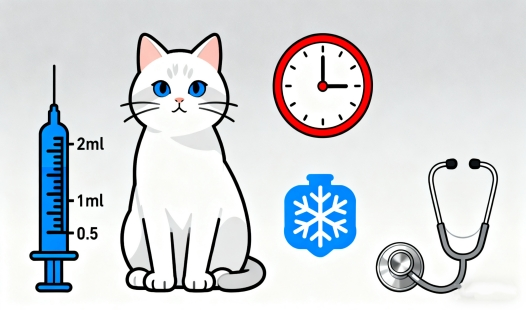
Can GS 441524 pills be used instead of injections for mild FIP?
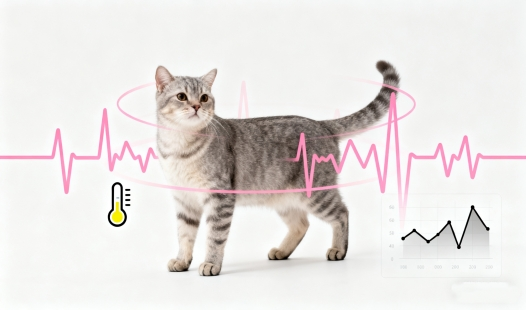
How is GS-441524 administered, and what are its side effects?

What should cats eat during GS 441524 treatment for faster recovery?

The Connection Between FIPV and Cat Stress: What You Should Know?


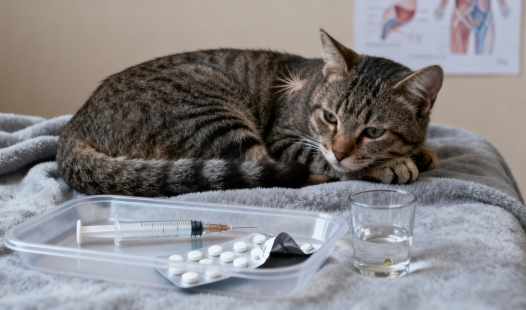

_副本_1761532705861.webp)
